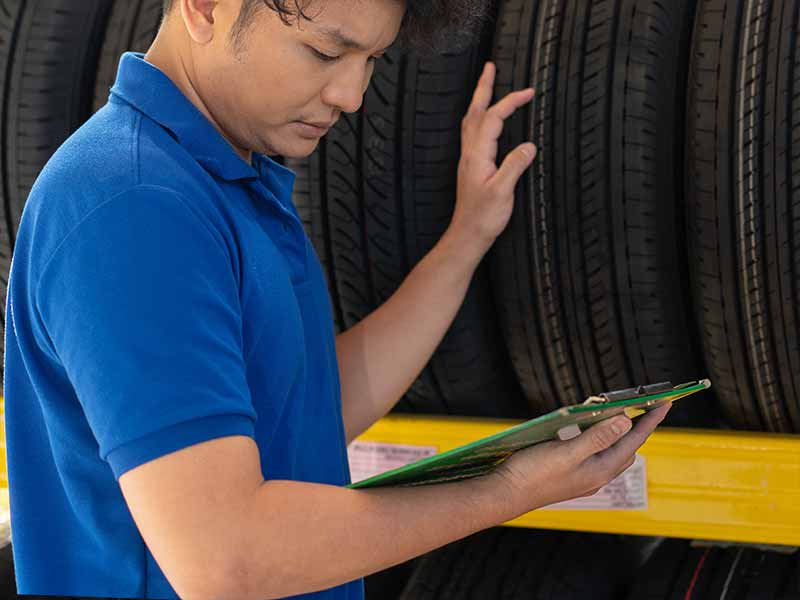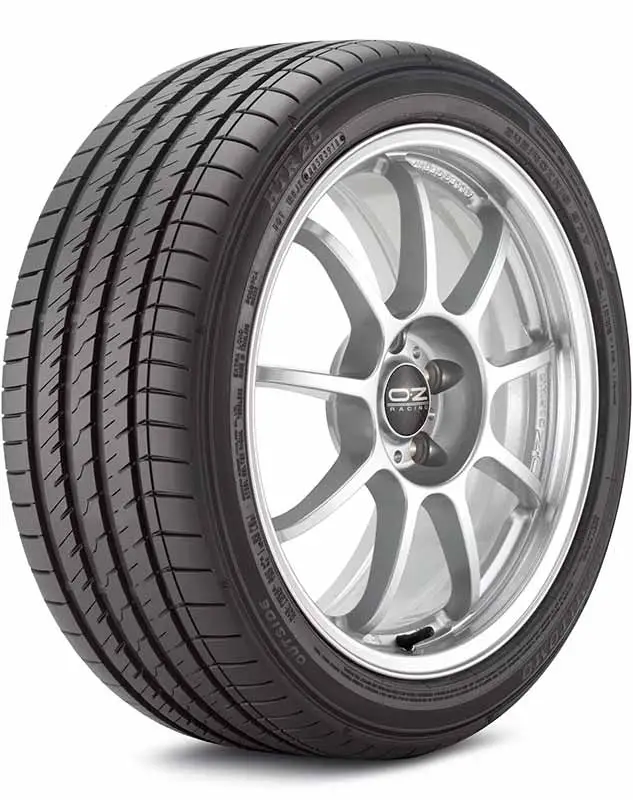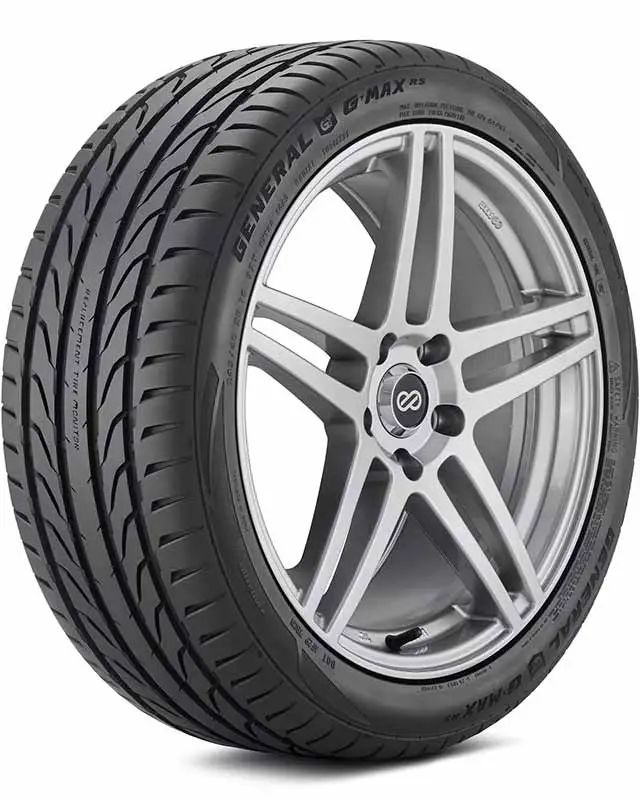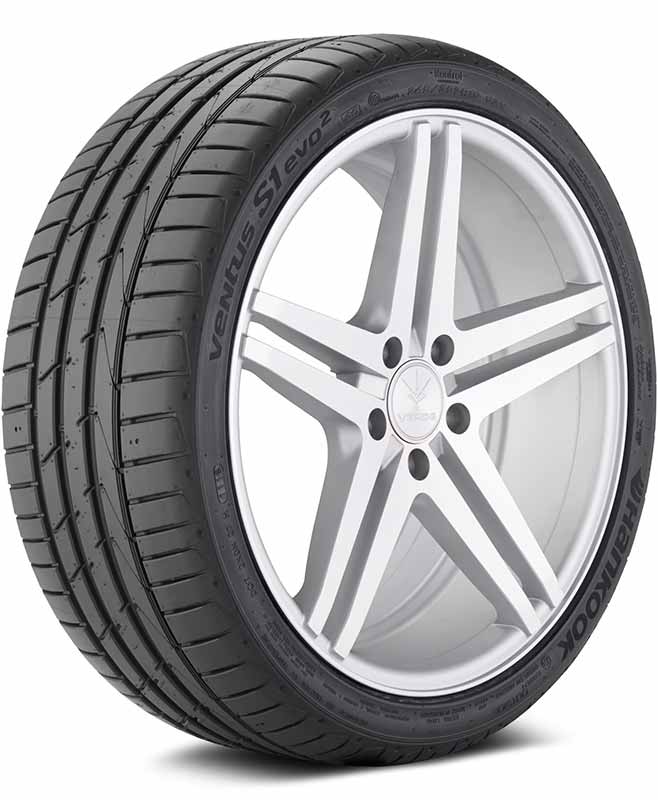You’ve heard about the convenience and safety of run flat tires, and you might even suspect your vehicle is equipped with them. But how can you be certain? Identifying run flat tires isn’t just about brand logos; it’s about understanding the subtle signs and unique characteristics that set them apart. Let’s unravel the mystery together.
How Do I Know If I Have Run Flat Tires?
To determine if you have run flat tires, look for specific markings on the tire sidewall. Common indicators include “ZP” for Michelin, “SSR” for Continental, “RFT” for both Pirelli and Bridgestone, and “ROF” for Goodyear. These abbreviations and symbols are clear identifiers used by popular tire manufacturers to denote their run flat technology.
In this article, we’ll delve deep into the world of run flat tires, exploring their unique features, how to identify them by brand, the importance of tire pressure monitoring, and considerations for replacing them.
Let’s take a closer look.
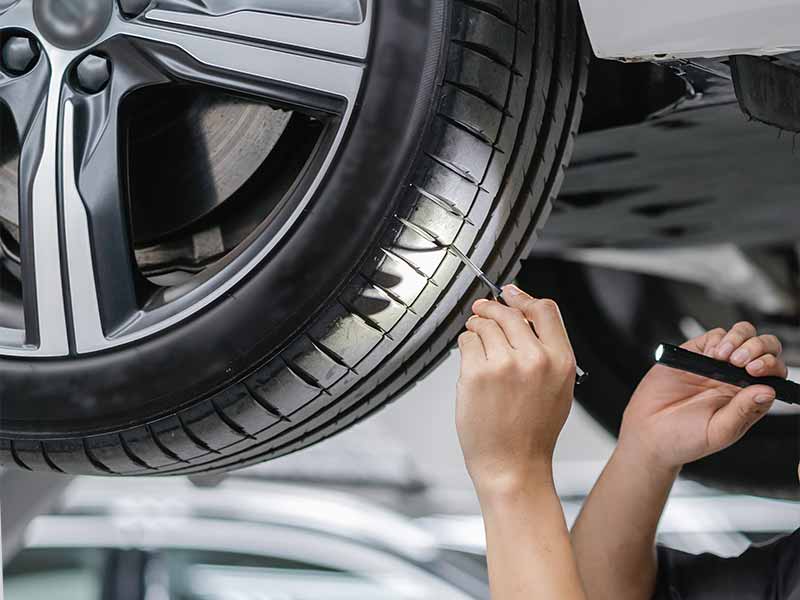
Identifying Run Flat Tires by Brand
Recognizing whether you have run flat tires is crucial for maintenance and safety. Different tire manufacturers have distinct ways of marking and branding their run flat tires. Here’s a guide to help you identify run flat tires from some of the major brands.
Michelin
Michelin, one of the world’s leading tire manufacturers, labels its run flat tires with the term “ZP,” which stands for “Zero Pressure.” This indicates that the tire can function with zero air pressure.
Key Identifiers for Michelin Run Flat Tires:
- A “ZP” marking on the tire sidewall.
- The Michelin logo followed by the “Zero Pressure” descriptor.
Continental
Continental uses the term “SSR,” which stands for “Self-Supporting Runflat.” This is their proprietary technology for run flat tires.
Key Identifiers for Continental Run Flat Tires:
- An “SSR” marking prominently displayed on the tire sidewall.
- The Continental logo, often accompanied by the “Self-Supporting Runflat” descriptor.
Pirelli
Pirelli designates its run flat technology as “RFT,” meaning “Run Flat Technology.” Pirelli’s run flat tires are designed to maintain performance even after a puncture.
Key Identifiers for Pirelli Run Flat Tires:
- A clear “RFT” marking on the tire sidewall.
- The Pirelli logo, sometimes followed by the “Run Flat Technology” descriptor.
Bridgestone
Bridgestone, another major player in the tire industry, uses the term “RFT” for its run flat technology, similar to Pirelli. However, they also have a unique symbol that represents their run flat technology.
Key Identifiers for Bridgestone Run Flat Tires:
- An “RFT” marking on the tire sidewall.
- The Bridgestone logo accompanied by a specific run flat symbol.
Goodyear
Goodyear’s run flat tires are branded with the term “ROF,” which stands for “Run On Flat.” These tires are designed to run for a specified distance after a puncture.
Key Identifiers for Goodyear Run Flat Tires:
- A distinct “ROF” marking on the tire sidewall.
- The Goodyear logo, often followed by the “Run On Flat” descriptor.
BMW
While BMW is primarily known as a car manufacturer, it’s essential to mention them because many BMW vehicles come equipped with run flat tires. BMW uses different tire brands for their vehicles, but they ensure that run flat tires have a clear symbol indicating their run flat capability.
Key Identifiers for BMW Run Flat Tires:
- A circular symbol with a flat tire image inside, often found on the tire sidewall.
- The tire brand’s logo (e.g., Michelin, Bridgestone) accompanied by their respective run flat markings.
Physical Characteristics of Run Flat Tires
Run flat tires, while similar in appearance to regular tires, possess distinct physical characteristics that set them apart. Understanding these features can help drivers quickly identify run flat tires and appreciate their unique benefits.
Reinforced Sidewalls
One of the most distinguishing features of run flat tires is their reinforced sidewalls. This reinforcement allows the tire to support the vehicle’s weight even when it’s deflated.
Key Characteristics:
- Thickness: The sidewalls of run flat tires are noticeably thicker compared to regular tires.
- Rigidity: When pressed, the sidewalls of run flat tires feel stiffer and less flexible.
Unique Tire Markings
Apart from brand-specific markings, many run flat tires have additional symbols or notations that indicate their run flat capability.
Key Characteristics:
- Symbols: Some run flat tires have a unique symbol, often depicting a flat tire or an exclamation mark inside a tire.
- Notations: Phrases like “Run Flat” or “Self-Supporting” might be present on the tire sidewall.
Broader Shoulder Area
The shoulder area of a run flat tire, which is the outer edge where the tire’s sidewall meets the tread, is often broader and more robust. This design provides additional support during a loss of air pressure.
Key Characteristics:
- Appearance: The shoulder area might appear wider or more pronounced.
- Tread Design: The tread patterns on run flat tires might extend further onto the shoulder for added stability.
Specialized Inner Linings
Some run flat tires come with a specialized inner lining that helps maintain the tire’s shape and structural integrity after a puncture.
Key Characteristics:
- Material: This lining is often made of heat-resistant compounds.
- Function: The lining helps dissipate heat generated when driving on a deflated tire, prolonging its usability.

Tire Pressure and Monitoring
Maintaining the correct tire pressure is crucial for vehicle safety, fuel efficiency, and tire longevity. For run flat tires, understanding tire pressure and its monitoring becomes even more essential due to their unique design and function.
Importance of Tire Pressure in Run Flat Tires
Run flat tires, given their ability to function even when deflated, rely heavily on proper tire pressure for optimal performance.
Key Points:
- Safety: Proper tire pressure ensures that run flat tires provide the best possible grip and handling, especially during emergency situations.
- Tire Life: Maintaining the correct pressure can extend the lifespan of run flat tires, preventing premature wear.
- Fuel Efficiency: Correctly inflated tires reduce rolling resistance, leading to better fuel economy.
Tire Pressure Monitoring System (TPMS)
Vehicles equipped with run flat tires often come with a Tire Pressure Monitoring System (TPMS). This system plays a pivotal role in alerting drivers to changes in tire pressure.
Key Features of TPMS:
- Sensors: TPMS uses sensors in each tire to monitor air pressure levels.
- Dashboard Alert: If the system detects a significant drop in tire pressure, it triggers a warning light or message on the vehicle’s dashboard.
- Immediate Feedback: TPMS provides real-time feedback, allowing drivers to address tire issues promptly.
Responding to the Tire Pressure Warning Light
When the tire pressure warning light illuminates, it indicates a potential issue that requires attention.
Steps to Take:
- Immediate Safety: If driving, find a safe place to pull over and inspect the tires for visible damage or punctures.
- Check Tire Pressure: Use a tire pressure gauge to check the pressure in each tire. Compare the readings to the recommended levels found in the vehicle’s manual or on the driver’s side door jamb.
- Inflate or Repair: If a tire is underinflated, inflate it to the recommended level. If there’s a visible puncture or damage, consider the tire’s run flat capabilities and drive cautiously to the nearest service station.
Limitations of TPMS
While TPMS is a valuable tool, it’s essential to understand its limitations.
Key Points:
- Not a Replacement for Manual Checks: TPMS is a supplementary system. Regular manual checks with a tire pressure gauge are still recommended.
- Calibration: Over time, TPMS sensors might require recalibration to ensure accurate readings.
- Battery Life: The sensors in TPMS are battery-powered. If they fail or provide inconsistent readings, it might be time to replace the batteries.
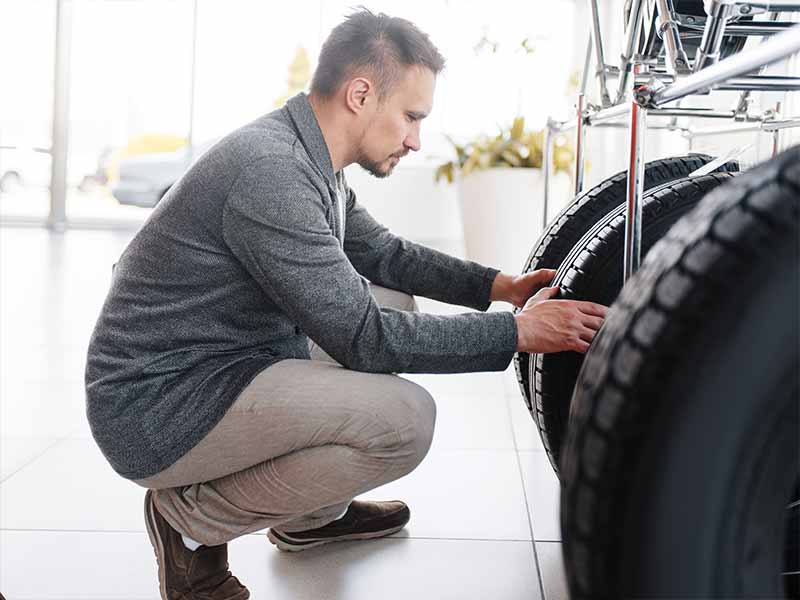
Replacing Run Flat Tires
Run flat tires, with their unique ability to function even after a puncture, offer drivers peace of mind on the road. However, like all tires, they eventually wear out or sustain damage that necessitates replacement. Here’s what you need to know about replacing run flat tires.
When to Replace Run Flat Tires
Understanding when to replace your run flat tires is crucial for safety and optimal vehicle performance.
Key Indicators:
- Tread Depth: If the tread depth reaches or falls below the recommended minimum (usually 2/32 of an inch), it’s time for a replacement.
- Visible Damage: Signs like bulges, cuts, or punctures that penetrate the tire’s surface indicate a need for replacement.
- Age: Even if they look fine, tires degrade over time. It’s generally recommended to replace tires every six years, regardless of tread depth.
Considerations for Replacing with Regular Tires
Switching from run flat tires to regular tires is a decision that comes with both benefits and drawbacks.
Pros:
- Cost: Regular tires are often less expensive than run flat tires.
- Ride Comfort: Some drivers find that regular tires offer a smoother and more comfortable ride compared to run flat tires.
Cons:
- Lack of Run Flat Capability: Regular tires won’t provide the same level of performance after a puncture, potentially leaving you stranded.
- Vehicle Design: Some vehicles designed for run flat tires might not have space for a spare tire, making punctures more problematic.
Spare Tires and Repair Kits
If you decide to switch from run flat tires to regular ones, it’s essential to be prepared for potential punctures.
Key Points:
- Spare Tire: Ensure your vehicle has a spare tire and that it’s in good condition. Check its pressure regularly.
- Tire Repair Kit: These kits, which often include sealant and an air compressor, can be a temporary solution for minor punctures.
- Know How to Use Them: Familiarize yourself with how to change a tire or use a repair kit. In an emergency, this knowledge can be invaluable.
Professional Installation
When replacing any tire, but especially run flat tires, it’s crucial to seek professional installation.
Reasons for Professional Installation:
- Balancing: Tires need to be balanced correctly to ensure even wear and optimal performance.
- Alignment: After replacing tires, it’s a good idea to check the vehicle’s alignment.
- Safety: Professionals have the tools and expertise to ensure that tires are installed safely and correctly.
Resources
Below are some links you may find helpful when learning about tires
Final Thoughts
Run flat tires have emerged as a game-changer in the automotive world, offering drivers unparalleled convenience and safety in the face of unexpected tire punctures.
Key takeaways from our exploration include the unique physical characteristics of these tires, brand-specific markings that aid in identification, and the critical role of tire pressure monitoring systems.
Whether you’re considering making the switch to run flat tires or simply curious about their capabilities, understanding their benefits and limitations ensures a safer and more informed driving experience.
Good luck and happy motoring.
